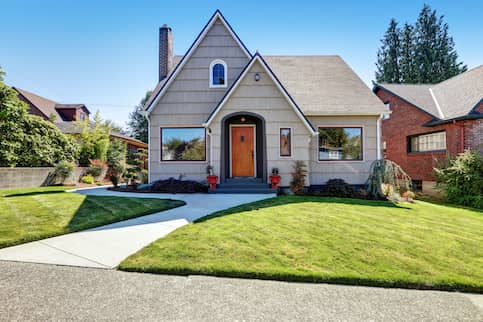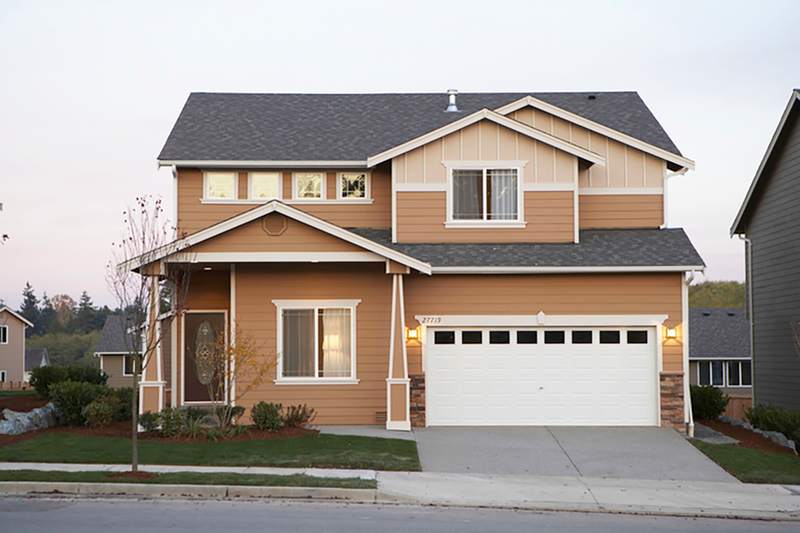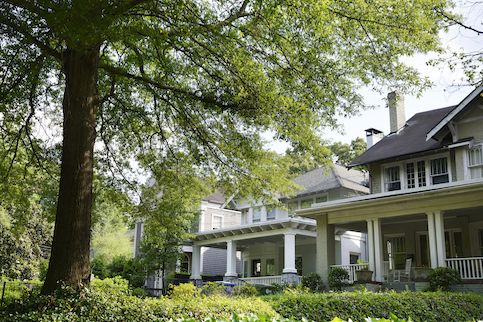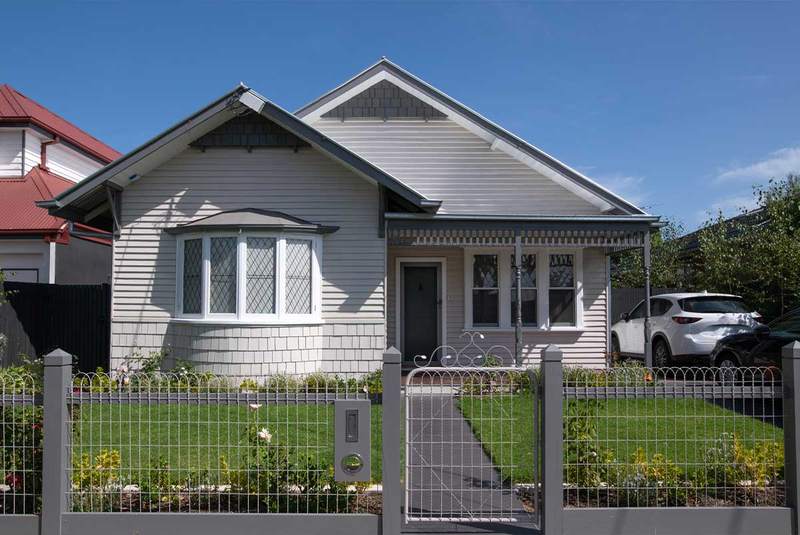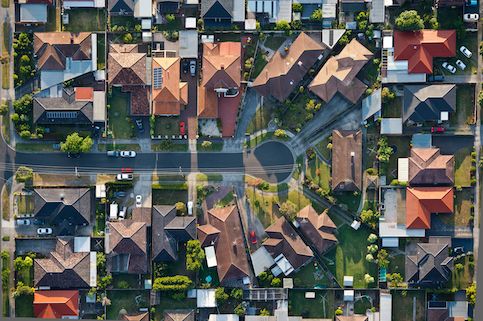If you’re considering buying a home, you may have encountered the term PMI, or private mortgage insurance. Its purpose is to protect the lender if you’re late on your mortgage payments. While PMI may not directly benefit you as the borrower, it is often a necessary expense for many home loans. Therefore, understanding PMI and its implications can empower you as a home buyer to make informed decisions. By considering your down payment loan type, and financial circumstances, you can navigate the world of PMI and potentially save thousands of dollars each year.
What Is PMI?
Private mortgage insurance (PMI) is a type of mortgage insurance that may be required by your mortgage lender, depending on the type of home loan you choose and the size of your down payment. PMI protects the lender in the event that you fall behind on your mortgage payments.
A home buyer with a conventional loan must initially pay for PMI unless their down payment is at least 20% of the home purchase price. Remember, PMI differs from homeowners insurance because it covers your lender if you default on your loan and the home sale doesn’t repay the balance owed. As a result, PMI doesn’t necessarily benefit the borrower, but it’s a necessary expense for many home loans.
See What You Qualify For
Buy A Home
Discover mortgage options that fit your unique financial needs.

Refinance
Refinance your mortgage to have more money for what matters.
Tap Into Equity
Use your home’s equity and unlock cash to achieve your goals.
How Does PMI Work?
When you get a mortgage, your lender implements a PMI policy with an insurance provider if you put less than 20% down on the home. You receive documentation stating the policy’s terms on closing day. This way, you’ll understand the PMI’s duration and cost.
You can pay your entire insurance premium when closing or pay it monthly, which increases the cost due to interest charges. However, adding the premium to your monthly mortgage payment helps you avoid a large lump sum payment every year. The cost of PMI can vary depending on factors such as the loan amount, credit score and the loan-to-value ratio, or LTV (the percentage of the home’s value that is financed).
Remember, if you can’t make your monthly mortgage payments, your lender can foreclose on the home. In doing so, your lender will repossess the home and sell it to another buyer to recoup the losses from your mortgage. Then, the lender’s PMI policy will pay out the remainder of the mortgage balance after the sale, meaning you won’t be financially accountable for that portion.
Ideally, the PMI policy won’t come into play during your mortgage because you’ll make your payments on time. In addition, once you pay enough of the mortgage to gain 20% equity, your PMI premiums will end.
Types Of Private Mortgage Insurance
The terms and cost of PMI depend on its type. Here are the kinds of PMI that can come with a mortgage:
- Borrower-Paid Mortgage Insurance: Borrower-paid mortgage insurance (BPMI) means the mortgage borrower pays the lender PMI premiums. These premiums go away when the borrower reaches 20% equity in the home.
- Lender-Paid Mortgage Insurance: (LPMI) means the lender addresses the PMI premiums themselves. Then, they pass on the insurance cost to the borrower by increasing the mortgage’s interest rate or the borrower’s payment amount.
You can reduce borrower-paid mortgage insurance costs by paying the premium in one fell swoop with single-premium mortgage insurance. This way, you’ll eliminate interest charges on the premiums and lower your monthly mortgage expense. However, doing so costs several thousand dollars, and some home buyers can’t afford this option. If you can’t afford single-premium mortgage insurance or don’t want to foot the additional expense at closing, you can split the premium into monthly payments with split-premium mortgage insurance. While doing so alleviates the need for a lump sum payment, you’ll pay interest on the amount due, increasing PMI costs.
Take the first step toward buying a house.
Get approved to see what you qualify for.
How Much Is PMI?
Although it can vary, PMI generally costs 0.1% – 2% of the loan amount annually. So, larger mortgages will incur a higher PMI cost. For example, PMI for a $100,000 mortgage typically would cost a maximum of $2,000 annually, while a $300,000 can cost up to $6,000 annually.
Next, your LTV will influence PMI. LTV is the amount you’re borrowing compared to the total value of the property. A higher LTV occurs when you make a smaller down payment, resulting in a greater need to borrow. For instance, if you put down 20% on a home, your LTV would be 80%. Conversely, a lower down payment leads to a lower LTV, requiring you to pay PMI until you reach the 80% threshold. As the LTV decreases, the risk for the lender increases, often resulting in higher PMI costs.
Additionally, your credit score also plays a role in determining the cost of PMI. A higher credit score indicates lower risk to lenders, qualifying you for lower rates. So, building excellent credit before applying for a mortgage can bring down the interest rate for PMI and your mortgage, minimizing monthly expenses.
Remember, you won’t need to calculate everything by hand. Instead, your borrower will send you this information along with the loan estimate. Therefore, you’ll understand your PMI costs before closing day.
Factors That Determine The Cost Of Private Mortgage Insurance
Lenders base your PMI rate on several factors, such as:
- Credit score
- Debt-to-income ratio (DTI)
- Down payment
- Loan amount
- Property type
- Loan term
How To Avoid PMI
Avoiding this extra cost can help you save thousands of dollars per year. Here’s how to eliminate the need for extra monthly payments.
First, the easiest way to skip PMI is to make a sufficient down payment. Specifically, a 20% down payment on a conventional loan brings your LTV to 80%, allowing you to pay your loan without mortgage insurance.
Second, you can choose the type of loan that doesn’t require PMI. For example, VA loans are unique because they don’t incur PMI, nor do they have a down payment requirement. Instead, eligible borrowers pay an upfront funding fee, which helps offset the cost of administering the loan.
In addition, you can obtain an exemption from the VA funding fee if you are:
- Currently receiving VA disability payments
- An eligible surviving spouse receiving Dependency Indemnity Compensation (DIC) benefits
- An active-duty Purple Heart recipient
Take the first step toward buying a house.
Get approved to see what you qualify for.
Private Mortgage Insurance FAQs
Here are the frequently asked questions about this type of mortgage insurance.
Do all lenders require PMI?
Generally, lenders require PMI for conventional loans with a down payment of under 20%. Guidelines for mortgage insurance, interest rates and other loan aspects come from the federal-level mortgage institutions, Fannie Mae or Freddie Mac. However, conventional loans aren’t the only ones requiring mortgage insurance, and not every lender requires it in every scenario.
Can I pay off PMI early?
You can get ahead of PMI costs in two ways: a single-premium payment or gaining 20% equity in the home. The first option means paying your entire PMI balance at once, eliminating the need for monthly payments and accumulating interest on the balance due.
Second, you can make additional payments on your mortgage to reach 20% equity faster than your original payment schedule. This way, you’ll obtain the minimum equity necessary to remove future PMI charges.
Is PMI automatically removed?
Although PMI isn’t mandatory at 20% equity, your lender won’t automatically remove it from your mortgage. Instead, the borrower must ask the lender to remove it. However, the lender automatically removes PMI when the borrower hits 22% equity.
What’s the difference between MIP and PMI?
The Federal Housing Administration (FHA) charges mortgage insurance premiums (MIP) for the same purpose for borrowers with FHA loans. Specifically, FHA borrowers pay 1.75% of the loan balance for upfront MIP at closing (your lender may roll this charge into your loan if you can’t afford it). Then, you’ll have an annual MIP payment of 0.85% if you have a standard FHA loan with a 3.5% down payment on a loan of no more than $625,500. Other FHA loan types charge different percentages for MIP. Typically, borrowers pay this fee by breaking it down into monthly payments along with their mortgage.
The Bottom Line
PMI is a requirement for conventional home loans when the borrower makes a down payment of less than 20% of the home’s purchase price. Lenders charge it to protect themselves from situations where borrowers default. In addition, borrowers can save money on PMI by paying a single premium instead of a monthly charge added to their mortgage payment.
Remember, the cost of PMI depends on factors such as the loan amount, credit score and loan-to-value ratio. Higher LTV and lower credit scores generally result in higher PMI costs. To avoid PMI, borrowers can make a 20% down payment. If they’re an eligible veteran, service member or surviving spouse, they may also look into VA loans.
Understanding PMI and exploring options can help borrowers make informed decisions when obtaining a mortgage.

Ashley Kilroy
Ashley Kilroy is an experienced financial writer who writes for solo entrepreneurs as well as for Fortune 500 companies. She is a finance graduate of the University of Cincinnati. When Ashley isn’t helping people understand their finances, you may find her cage-diving with great whites or on safari in South Africa.

